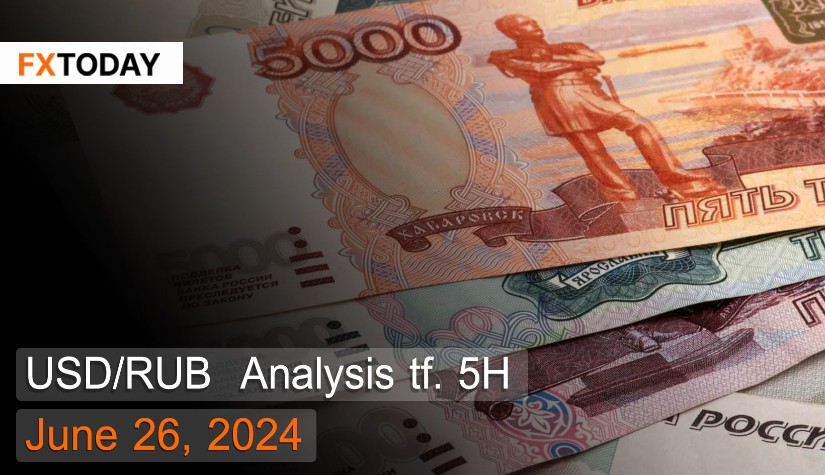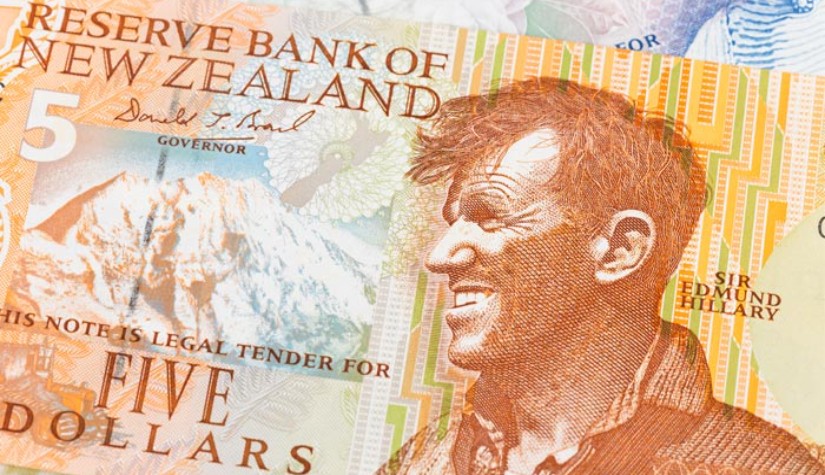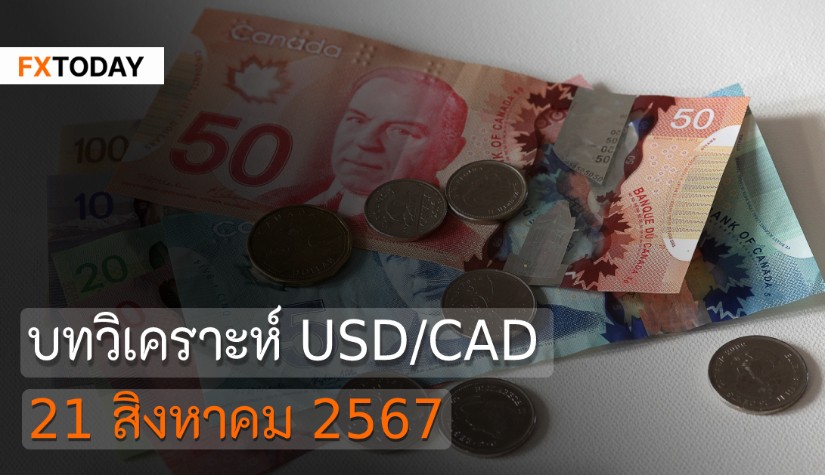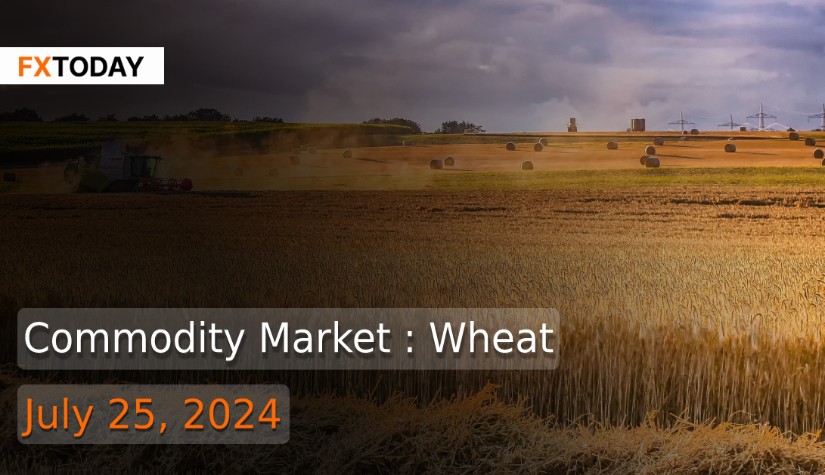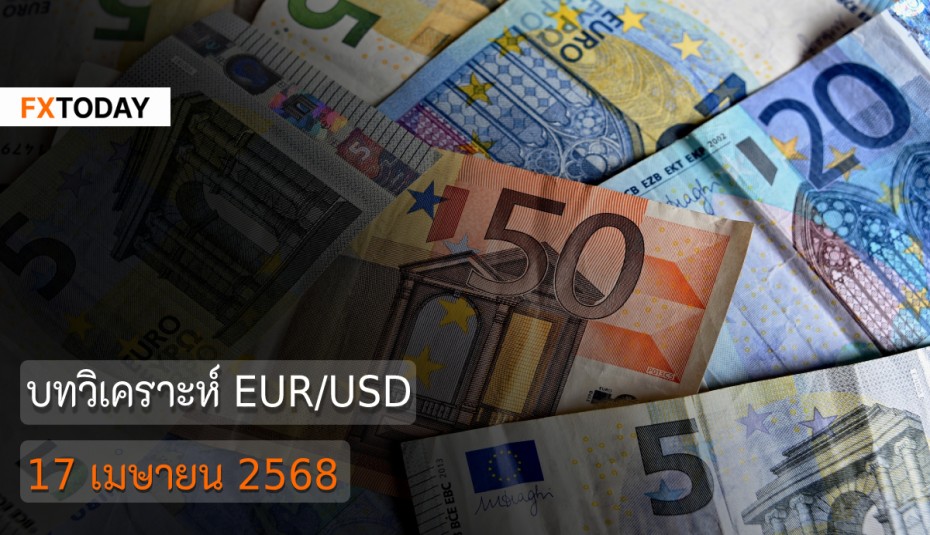Russia is still able to trade despite sanctions.
The Russian ruble remains under heavy pressure as investors await the announcement of the PCE, another important indicator that can predict inflation trends and future interest rates. Despite the currency pressure, Russia's trade continues to be supported by the weaker ruble, leading to a trade surplus once again.
Russia's trade surplus surged to $10.66 billion in April, up from $6.77 billion in the same month the previous year, due to a sharp increase in exports while imports declined. Exports rose by 5% to $33.2 billion from $31.6 billion, driven by higher oil prices earlier in the year. Meanwhile, imports fell by 9.3% to $22.5 billion due to ongoing trade restrictions.
Russia's manufacturing PMI surged to 54.4 in May, marking the 25th consecutive month of growth in manufacturing activity. Output expanded at the fastest pace in years, while new orders and employment also grew rapidly. Companies increased their purchases of intermediate goods to support continued production, despite new export orders declining for the sixth consecutive month. Domestic demand remained stable, and government support continued to drive domestic consumption growth.
The services PMI dropped to 49.8 in May from 50.5 in the previous month, indicating the first contraction since 2023, as output fell for the first time in 16 months. New orders remained stable across many industries. Input cost inflation continued to rise, largely driven by higher transportation costs and increased wages to attract workers in a tight labor market. This could impact future inflation rates as higher costs are passed on to customers.
The yield on Russia's 10-year government bonds stood at 15%, close to a two-year high, after the Russian central bank maintained the interest rate at 16% and signaled a potential rate hike at the next meeting. The central bank noted that domestic inflation expectations continue to rise and remain above the CBR's 4% target, making rising inflation the main reason for a potential rate hike in the future.
Techical analysis data (5H)
Resistance: 88.4224, 89.594, 90.6815
Source: Investing.com
Buy/Long 1: If the price touches support in the price range of 85.076 - 86.1634 but cannot break the support at 86.1634, you may set a TP at approximately 89.594 and SL at around 83.9043 or according to your acceptable risk.
Buy/Long 2: If the price breaks the resistance in the price range of 88.4224 - 89.594, you may set a TP at approximately 90.6815 and SL at around 85.076 or according to your acceptable risk.
Sell/Short 1: If the price touches resistance in the price range of 88.4224 - 89.594 but cannot break the resistance at 88.4224, you may set a TP at approximately 85.076 and SL at around 90.6815 or according to your acceptable risk.
Sell/Short 2: If the price breaks the support in the price range of 85.076 - 86.1634, you may set a TP at approximately 83.9043 and SL at around 89.594 or according to your acceptable risk.
Pivot point June 26, 2024 09:10 PM. GMT+7
|
Name
|
S3
|
S2
|
S1
|
Pivot Points
|
R1
|
R2
|
R3
|
| Classic | 83.9043 | 85.076 | 86.1634 | 87.335 | 88.4224 | 89.594 | 90.6815 |
| Fibonacci | 85.076 | 85.9389 | 86.472 | 87.335 | 88.198 | 88.7311 | 89.594 |
| Camarilla | 86.6296 | 86.8366 | 87.0437 | 87.335 | 87.4579 | 87.665 | 87.872 |
| Woodie's | 83.8621 | 85.0549 | 86.1212 | 87.3139 | 88.3802 | 89.5729 | 90.6393 |
| DeMark's | - | - | 85.6196 | 87.0631 | 87.8787 | - | - |

